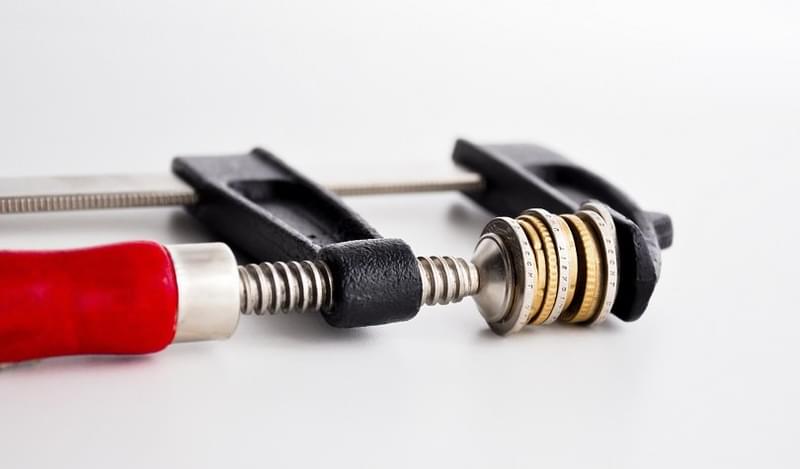S&P Global Ratings expects that the average economic growth of GCC economies will be 2.1% in 2016 and 2.5% in 2017. Asset growth for Islamic banks was 7% in 2015, down from 12.3% in 2014. For conventional banks, asset growth was 5.7% for 2015, down from 9.6% in 2014.
The ratings agency expects asset growth to fall to 5% for Islamic and conventional banks in 2016 as banks look to cut spending and increase revenues.
“The minimisation of lending and maximisation of cost cutting has become necessary in the banking sector in the GCC, and cost of funding will increase amid scarce growth opportunities,” said Korosh Farazad, CEO of Farazad Invest.
GCC Bank profitability will weaken in 2016 and 2017 as a result of growth opportunities becoming increasingly scarce, the increased cost of funding, and credit losses due to a less supportive economic environment.
According to S&P Global Ratings, trends in the real estate sector in the UAE mean there will be fewer opportunities for asset growth for Islamic banks. However, analysts at the firm maintain the Saudi government will continue spending on key infrastructure projects. Spending is also expected to remain high in Qatar and Kuwait.
Although GCC Islamic bank capitalisation has remained high, there have been capital boosting sukuk issuances in the UAE, Qatar and Saudi Arabia to help fund expenditure.
Farazad said any sukuk issued by the region’s banks would be used to cover its balance sheet. Kuwait’s Boubyan Bank looks set to join this group of institutions after announced it is looking to raise US$250mn in a capital boosting sukuk. The deal will have a perpetual tenor and can be redeemed by the bank after its fifth year. Initial price thoughts are in the low 7% region.
The proceeds of the issuance will be used to boost the bank’s Tier 1 core capital. The transaction was arranged by DIB, Emirates NBD Capital, HSBC, KHF Capital, National Bank of Kuwait (of which it is a subsidiary), Standard Chartered and Boubyan Bank.
Asset quality indicators of GCC Islamic banks will remain the same as for conventional banks, but asset quality will decline in 2016 and 2017 according to the ratings agency. Alongside the decline in asset quality, it believes non-performing loans (NPLs) could rise slightly.
Total NPLs in 2015 amounted to 3.3%. The agency believes NPLs could increase to 4% or 5% over the next two years, and credit losses could increase by over 50% during the same period.
Despite this, GCC banks are still borrowing to service older debts. Qatar’s Ahli bank has begun talks with 5 banks for a 3 year US$250mn loan to refinance an older facility.
This is likely as a result of decreased deposits from governments, caused by tightened liquidity due to low oil prices. Governments and GREs, the size of whose deposits are linked to oil prices, normally contribute between 15% and 40% of the total deposits of GCC banks.
Pressured funding is affecting every venture in the GCC. “We are experiencing liquidity issues in our own operations in the Middle East,” added Farazad.
He said banks have cut down on lending as a result of tighter liquidity, adding that lenders were concerned about the ability for borrowers to repay their debts, restricting access to all except the highest quality credits.









